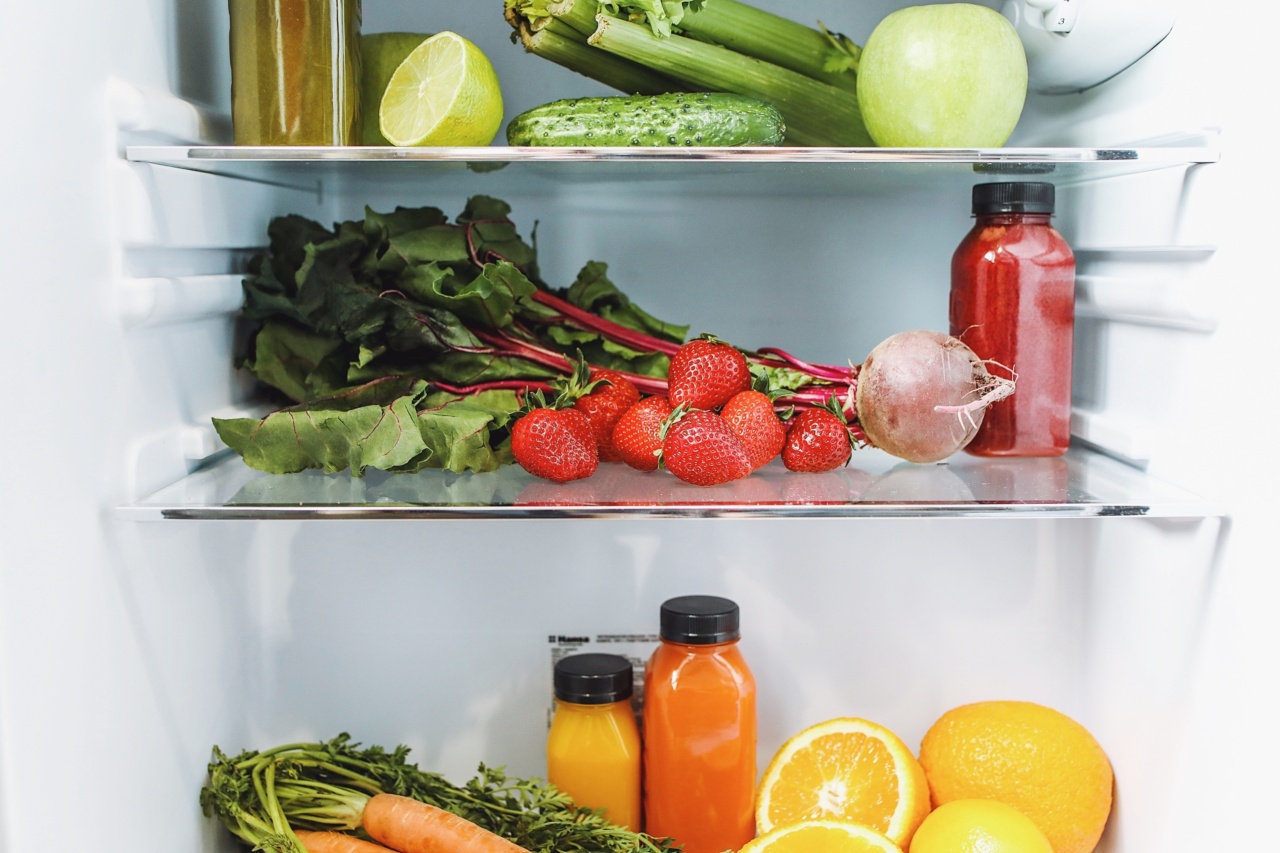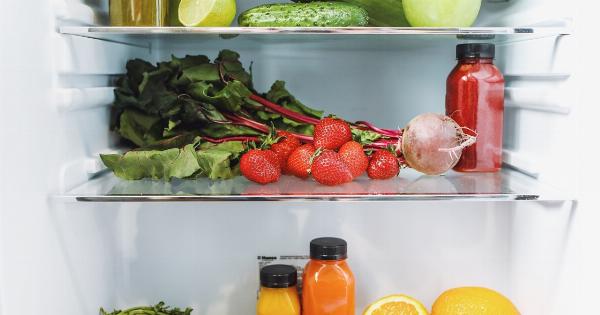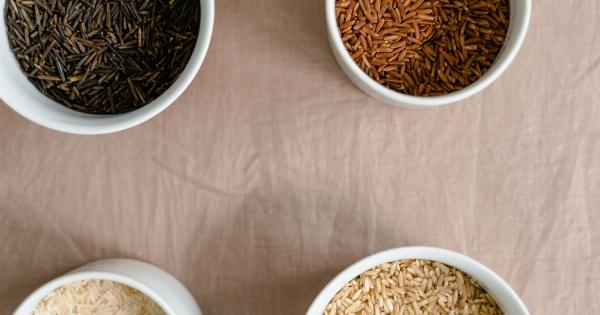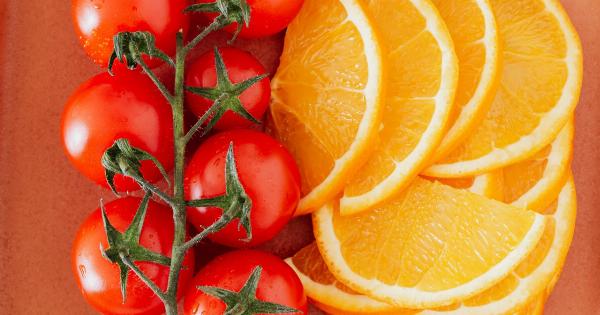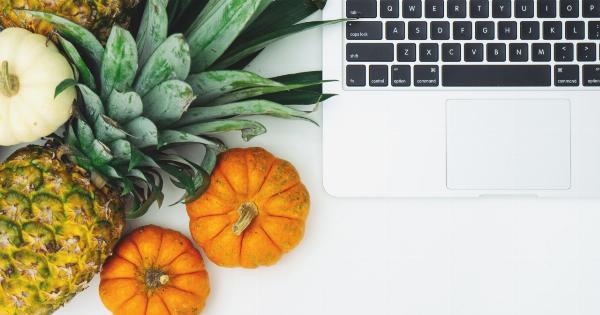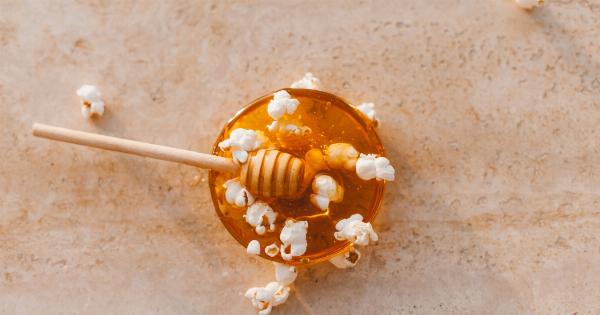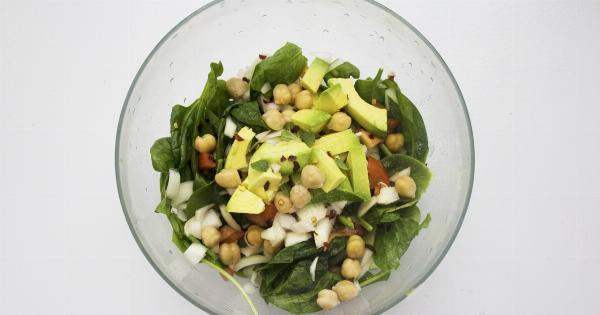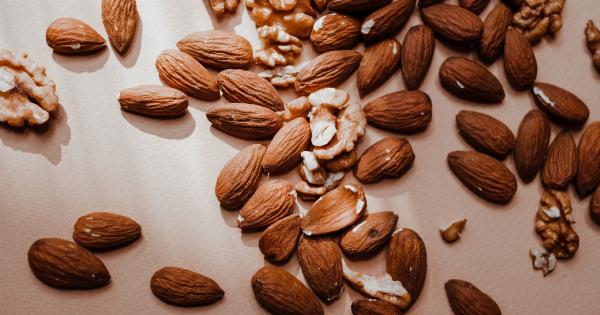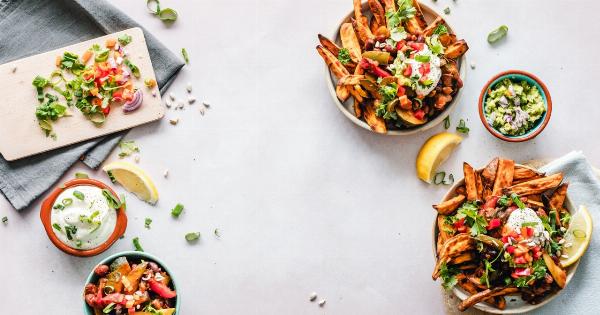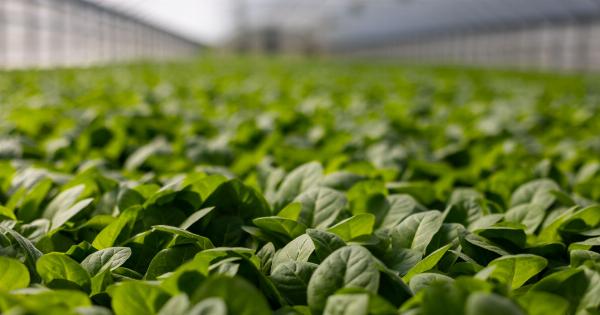Fruits and vegetables are essential components of a healthy diet, providing us with essential nutrients, vitamins, and minerals.
However, improper storage of these perishable items can lead to faster spoilage, loss of nutritional value, and ultimately waste of food. To ensure that your produce stays fresh and flavorful for longer, it’s important to understand the best practices for storing fruits and vegetables in the fridge.
Here are some expert tips to help you maximize the shelf life of your favorite fruits and vegetables:.
1. Keep Fruits and Vegetables Separately
Fruits produce a natural gas called ethylene, which can accelerate the ripening process of nearby vegetables. To avoid premature spoilage, it’s essential to store fruits and vegetables separately.
This will help maintain their respective flavors and textures while preventing over-ripening.
2. Store Fruits and Vegetables in Their Ideal Environment
Fruits and vegetables have different storage requirements. While some need higher humidity, others prefer a drier environment. Here are some general guidelines to follow:.
– Leafy greens: Wrap them loosely in a paper towel and place them in a perforated bag or an airtight container to maintain moisture.
– Berries: Store them in the original container or a loosely covered container to allow airflow.
– Root vegetables: Remove any attached greens to prevent moisture loss, and store them in a cool, dark place.
– Apples, citrus fruits, and grapes: Keep them in the refrigerator’s crisper drawer to maintain their crispness and juiciness.
3. Wash Before Consumption, Not Before Storage
To maximize shelf life, it’s best to wash fruits and vegetables right before consuming them. Moisture can promote the growth of mold and bacteria, accelerating spoilage.
If your produce needs washing before storage, ensure they are completely dry before placing them in the fridge.
4. Use Ethylene Absorbers or Ethylene-Producing Sheets
Ethylene is a gas that speeds up the ripening process in fruits and vegetables. To manage the ethylene levels in your fridge, you can use ethylene absorbers or ethylene-producing sheets.
The absorbers help minimize ethylene exposure, while the sheets are useful for certain fruits, like avocados or bananas, that benefit from increased exposure to the gas.
5. Trim and Remove Bruised Areas
Before storing fruits and vegetables, inspect them for any bruises or damaged areas. These spots can promote faster spoilage and even spread to neighboring produce. Cut or remove any damaged parts to extend the shelf life of your produce.
6. Store Herbs in Water
Fresh herbs tend to wilt quickly in the fridge. To keep them fresh for longer, trim the stems, place them in a small jar or glass filled with water, and cover them loosely with a plastic bag. Change the water every few days to maintain freshness.
7. Store Mushrooms in a Paper Bag
Mushrooms are delicate and prone to moisture, which can cause them to spoil rapidly. Instead of storing them in a plastic bag, transfer them to a paper bag with air holes or wrap them loosely in a paper towel.
This will help absorb excess moisture and prevent them from becoming slimy.
8. Do Not Store Potatoes and Onions Together
Potatoes and onions emit gases and moisture that can cause them to spoil faster when stored together. Keep them in separate, well-ventilated containers in a cool, dry place outside the fridge.
Ensure they are not in proximity to each other to prevent premature spoilage.
9. Use Properly Sealed Containers
For fruits and vegetables that require a sealed environment, such as cut fruits or sliced vegetables, opt for airtight containers or resealable bags. This will help retain their freshness, prevent odor transfer, and avoid cross-contamination.
10. Rotate and Consume in a First-In, First-Out Manner
To minimize food waste, make a habit of rotating your produce. Place newly purchased fruits and vegetables at the back of the fridge and move older ones to the front.
By following a first-in, first-out approach, you ensure that your produce is consumed before it spoils.
By implementing these expert tips, you can significantly prolong the freshness of your fruits and vegetables, reduce food waste, and maintain their nutritional value.
Remember that it’s important to regularly check and discard any spoiled or overripe produce to prevent contamination and promote a healthy eating habit.
